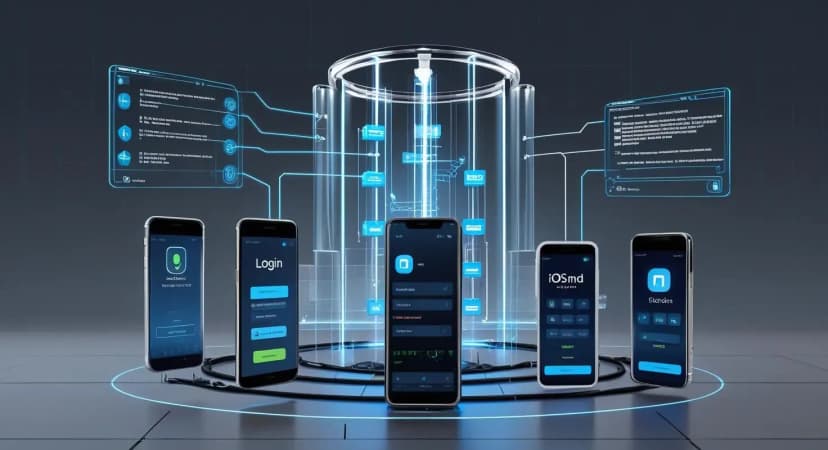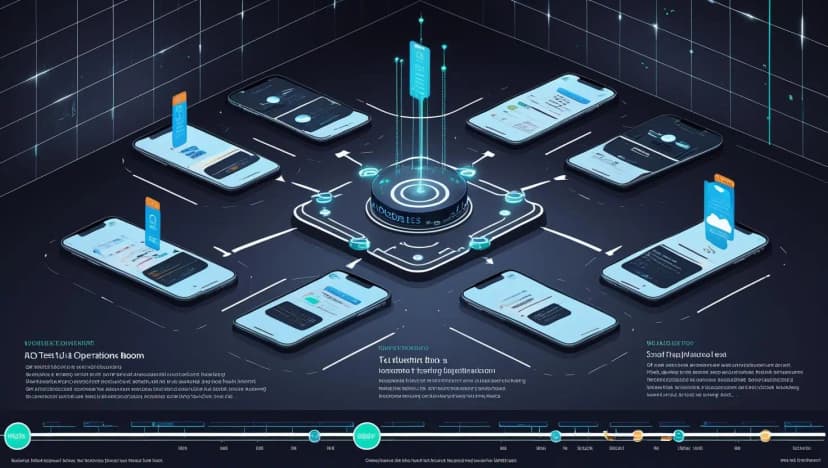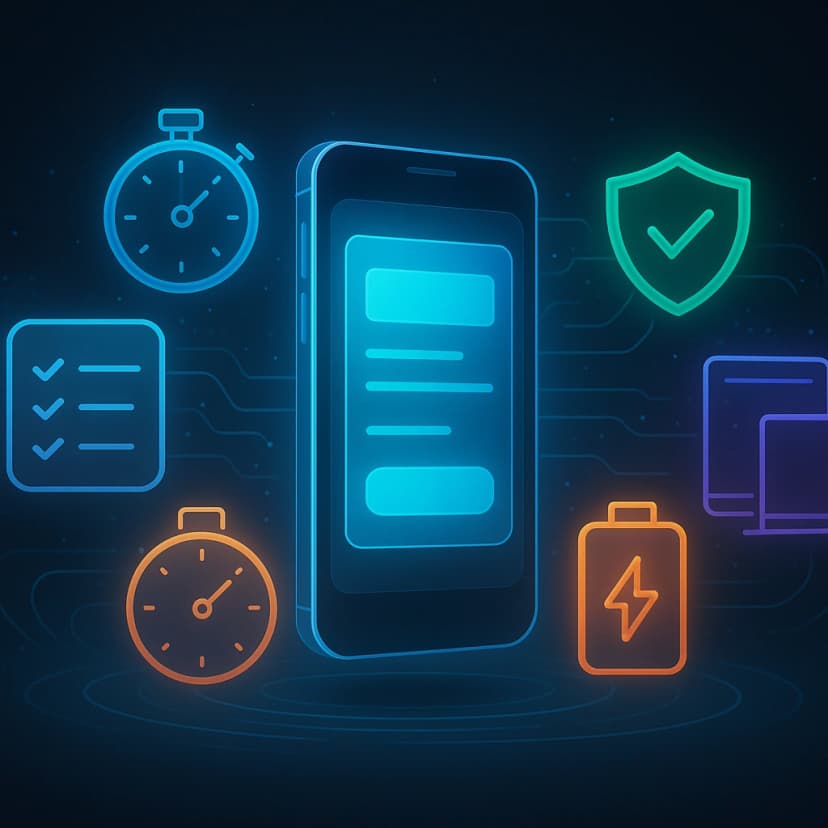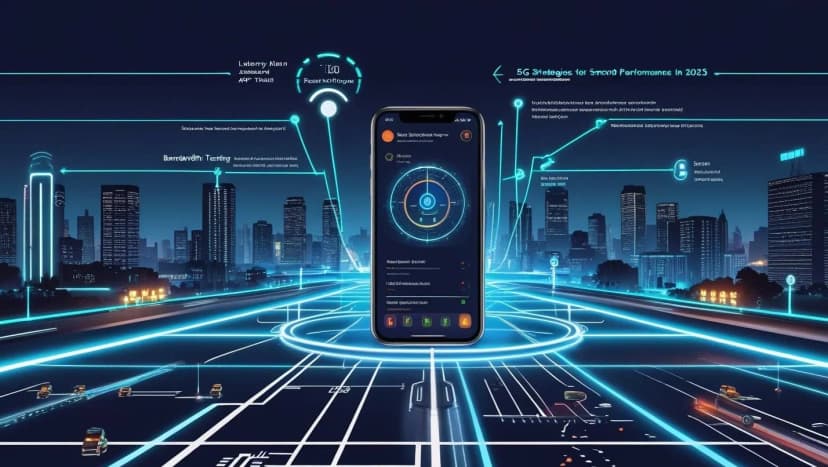
Final Reporting Comprehensive QA Summary
Is Final Reporting in Mobile App Testing the Key to Continuous Improvement? Mobile app testing often focuses on bug detection, performance tuning, and user expe...
Loading...
Loading...
Loading...
Loading...
Comprehensive insights on mobile application testing, emphasizing final reporting, QA summaries, performance tuning, and continuous improvement strategies.
Unlocking Knowledge
Discover expert insights and tutorials on mobile application testing

Is Final Reporting in Mobile App Testing the Key to Continuous Improvement? Mobile app testing often focuses on bug detection, performance tuning, and user expe...

Is Your Mobile App Truly Validated & Optimised for Success? Mobile apps today are more than just digital tools — they are lifelines for businesses, users, and e...

Is Your Mobile App Ready for Real-World Conditions? Here’s How to Set Up the Perfect Testing Environment Have you ever wondered why mobile apps often perform po...

Why Is Issue Documentation Critical in Mobile App Testing? Have you ever wondered why some apps keep repeating the same bugs, even after multiple updates? The t...

Why Is Test Execution in Mobile QA Critical for App Success? When you launch a mobile application, every click, swipe, and tap must work flawlessly. But how do...

Introduction – Why Start with Discovery & Analysis? Have you ever wondered why so many mobile apps fail despite extensive testing? The truth is, without a prope...

Hey there, tech enthusiast! Ever wondered why your favorite mobile apps run smoothly without a hitch? Let's dive into the fascinating world of mobile applicatio...

5G Mobile App Testing: Strategies for Smooth Performance in 2025 In today’s fast-changing mobile world, 5G networks bring super-fast internet speeds, very low d...

Mobile app quality depends on how thoroughly it’s tested across diverse conditions. But QA teams often ask: Should we test on real devices or emulators? The ans...